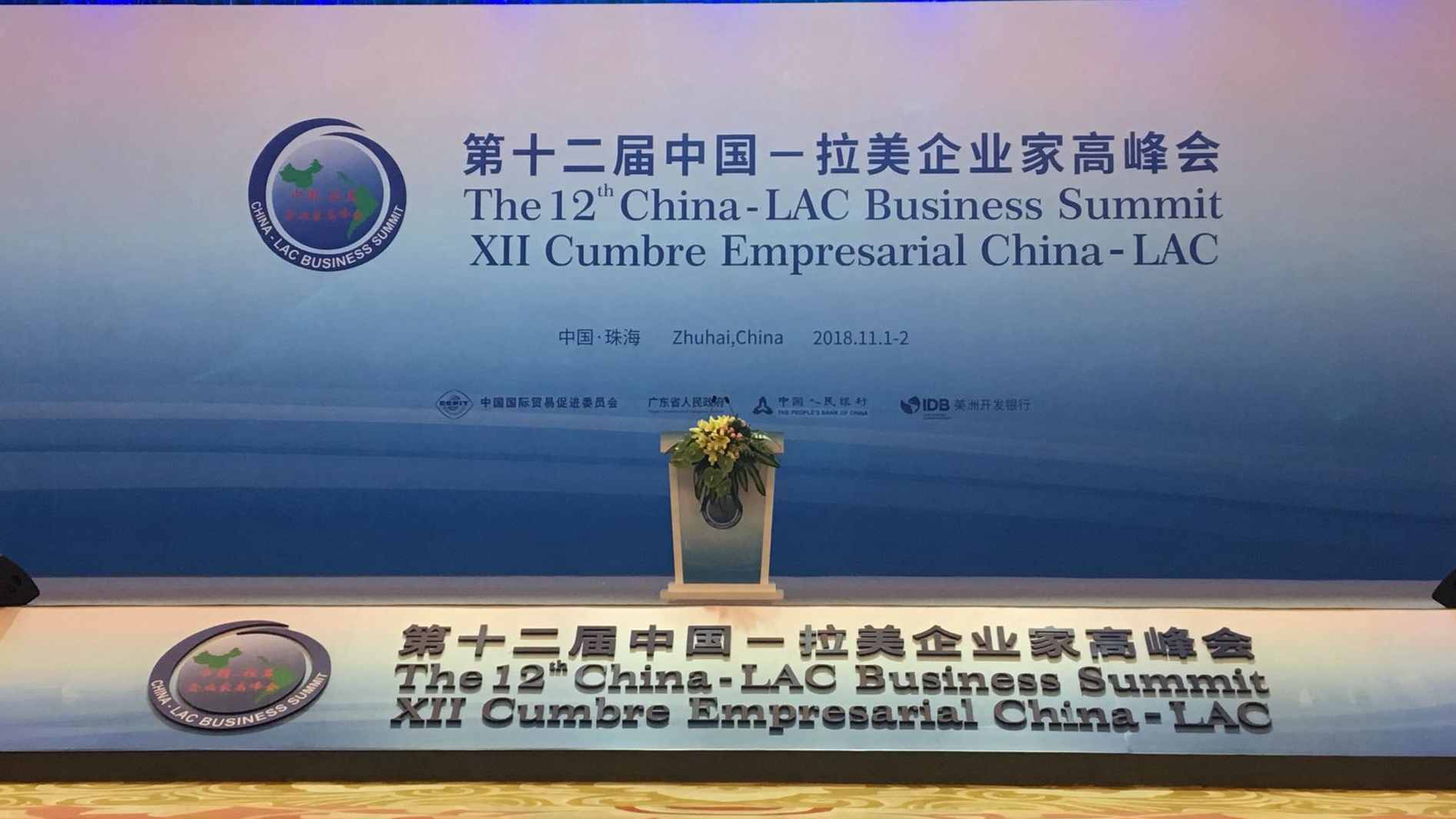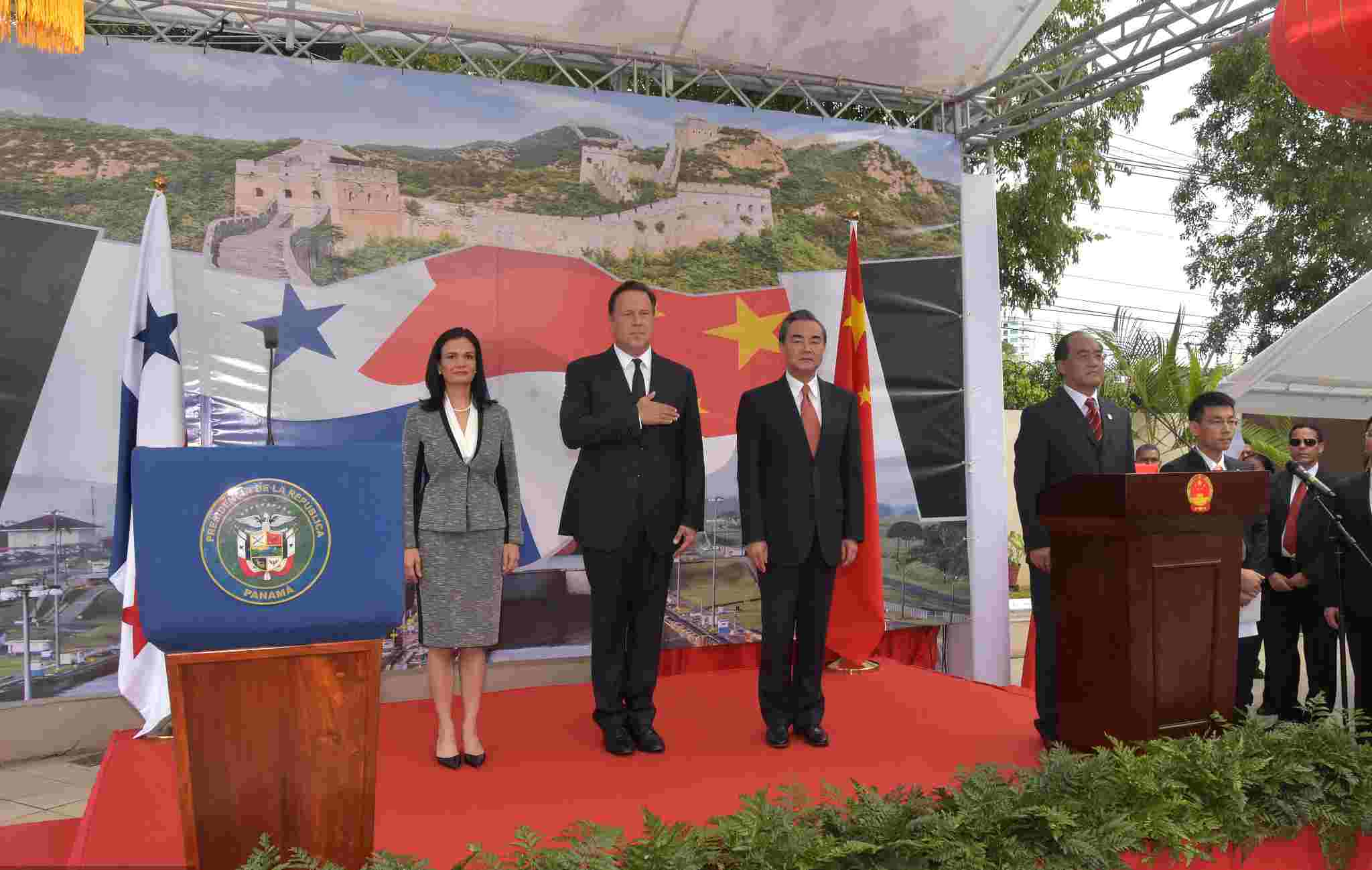
Business
22:11, 01-Nov-2018
China reaches out to Latin America for more business
Updated
21:11, 04-Nov-2018
CGTN's Li Jianhua
01:49

With the theme of “seizing new opportunities through a China-Latin America partnership under the Belt and Road initiative,” the 12th China-Latin America Business Summit opened in Zhuhai City, south China's Guangdong Province on Thursday.
With a field of around 1,200 participants, the discussions will cover infrastructure, finance and trade cooperation.
China is Latin America's second largest trading partner, with the trade volume hitting 200 billion US dollars in 2017, according to the Ministry of Commerce (MOC).
“Both China and Latin American countries are emerging economies. Our friendship will be far-reaching. We have no historical conflicts, and we share common interests [now and in the future]. All parties agree to uphold the principles of mutual trust and win-win cooperation,” said Liu Xincheng, vice chairman of the National Committee of the Chinese People's Political Consultative Conference, China's top political advisory body.
Nevertheless, some experts see the trade relations between China and Latin America as an imbalanced one, suggesting that Latin America is a massive exporter of low-valued commodities while importing expensive, higher-end products from China.
Former US Secretary of State Rex Tillerson in February this year warned the region “not to rely on China too much.”
“I wouldn't say it's imbalanced. I think there is a natural trend there. China has a comparative advantage in manufactured goods, as Latin America has a comparative advantage in natural resources. What's important is that the exports from China to Latin America are more diversified,” said Alexandre Meira da Rosa, vice president of the Inter-American Development Bank.

Chinese State Councilor and Foreign Minister Wang Yi attends the opening ceremony of the Chinese embassy in Panama on September 17, 2017. / VCG Photo
Chinese State Councilor and Foreign Minister Wang Yi attends the opening ceremony of the Chinese embassy in Panama on September 17, 2017. / VCG Photo
US out, China in?
Latin America used to be considered the US' “geo-strategic backyard” under the Monroe Doctrine – a US foreign policy regarding European countries back in 1823, a means to stem the European nations from colonizing land or interfering with states in Americas.
In 2013, then-US Secretary of State John Kerry announced the end of American regional leadership in Latin America by declaring that “the era of the Monroe Doctrine is over,” which – coincidentally – was the time when Chinese President Xi Jinping proposed the Belt and Road Initiative.
The current Trump administration prefers a policy of withdrawal and retrenchment rather than engagement, promoting the “America First” policy – most notably its immigration policy, which aims at sending back home “illegal immigrants” in the US.
Earlier, Trump went on record as saying the number of military troops deployed at the US-Mexican border could reach 15,000, while the Pentagon said over 7,000 troops were being sent to the southwest border to support the Customs and Border Protection agents.
Mainly among the Latin American countries – over 30 of them - Panama could be said to be the most recent example of a Latin American country looking towards China.
The two countries resumed diplomatic ties in July 2017, four months after which, Panamanian President Juan Carlos Varela Rodriguez paid a visit to Beijing. The visit contributed to the inauguration of Panama's embassy in Beijing and consulate office in Shanghai, as well as 19 agreements and a joint declaration with his Chinese counterpart. And Panama was officially included in the China-proposed Belt and Road Initiative.
Regardless, Alexandre Meira da Rosa said the US remains a significant trade partner with Latin American countries, and they are “diversifying their trade partners.”

SITEMAP
Copyright © 2018 CGTN. Beijing ICP prepared NO.16065310-3
Copyright © 2018 CGTN. Beijing ICP prepared NO.16065310-3